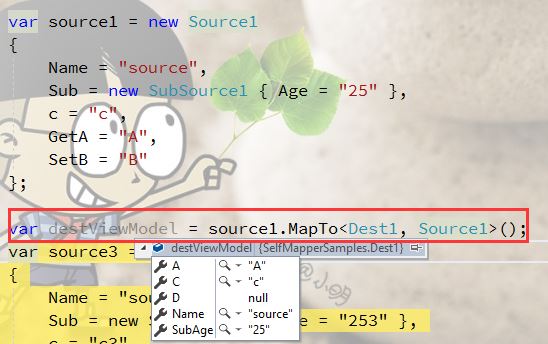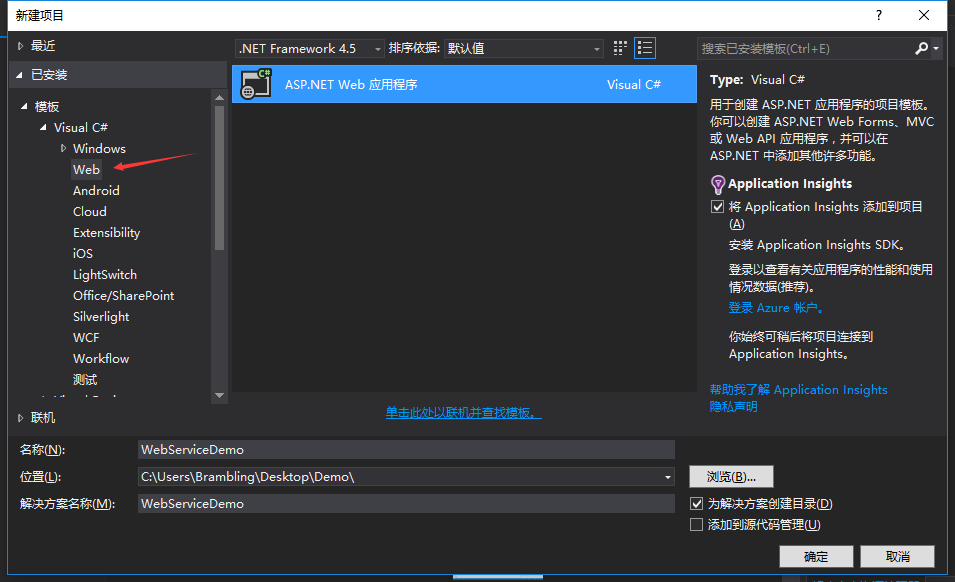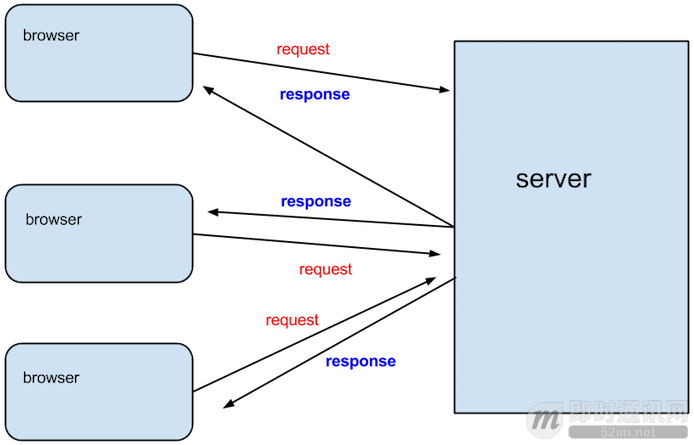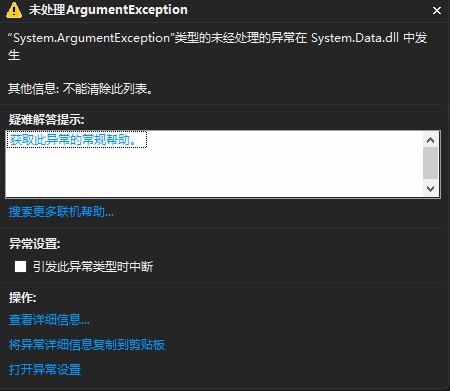这篇文章主要介绍了改进c# 代码的五个技巧(二),帮助大家更好的理解和使用c#,感兴趣的朋友可以了解下
在本文中,我将向你展示c#编程的5个最佳实践。我从日常编程经验中学到了这些实践。我在release模式下测试了所有的代码,并在开发环境稳定后进行了截屏。我想你会喜欢这些建议的。
在使用数据类型之前选择它
对于许多类型,我们宁愿不决定在日常编程生活中使用什么数据类型。就在几个月前,我也是其中之一。但是当我开始学习编程中的最佳实践以提高代码性能时,我了解到了错误的数据类型是如何影响代码的。我将展示一个演示来证明这个概念。
static void Main(string[] args)
{
List<Int32> li = new List<int>();
Stopwatch sw =new Stopwatch();
sw.Start();
for (int i = 0; i < 10000; i++)
{
li.Add(i);
}
sw.Stop();
Console.Write("Using Arraylist(Object)" + sw.ElapsedTicks + "\n");
sw.Reset();
sw.Start();
Int32[] a = new Int32[10000];
for (int i = 0; i < 10000; i++)
{
a[i] = i;
}
sw.Stop();
Console.Write("Using Value(Integer Array)" + sw.ElapsedTicks);
Console.ReadLine();
}
List<Int32> Count = new List<int>();
List<Int32> lst1 = new List<Int32>();
List<Int32> lst2 = new List<Int32>();
for (int i = 0; i < 10000; i++)
{
Count.Add(i);
}
Stopwatch sw = new Stopwatch();
sw.Start();
for (int i = 0; i < Count.Count; i++)
{
lst1.Add(i);
}
sw.Stop();
Console.Write("For Loop :- " + sw.ElapsedTicks + "\n");
sw.Restart();
foreach (int a in Count)
{
lst2.Add(a);
}
sw.Stop();
Console.Write("Foreach Loop:- " + sw.ElapsedTicks);
Console.ReadLine();
namespace BlogProject
{
struct MyStructure
{
public string Name;
public string Surname;
}
class MyClass
{
public string Name;
public string Surname;
}
class Program
{
static void Main(string[] args)
{
MyStructure[] objStruct = new MyStructure[1000];
MyClass[] objClass = new MyClass[1000];
Stopwatch sw = new Stopwatch();
sw.Start();
for (int i = 0; i < 1000; i++)
{
objStruct[i] = newMyStructure();
objStruct[i].Name = "Sourav";
objStruct[i].Surname = "Kayal";
}
sw.Stop();
Console.WriteLine("For Structure:- " + sw.ElapsedTicks);
sw.Restart();
for (int i = 0; i < 1000; i++)
{
objClass[i] = newMyClass();
objClass[i].Name = "Sourav";
objClass[i].Surname = "Kayal";
}
sw.Stop();
Console.WriteLine("For Class:- " + sw.ElapsedTicks);
Console.ReadLine();
}
}
}输出结果如下:
public classTest
{
public static string Name { get; set; }
public static string surname;
}
class Program
{
static void Main(string[] args)
{
string First = "A";
StringBuilder sb = new StringBuilder("A");
Stopwatch st = new Stopwatch();
st.Start();
for (int i = 0; i < 500; i++)
{
First = First + "A";
}
st.Stop();
Console.WriteLine("Using String :-" + st.ElapsedTicks);
st.Restart();
for (int i = 0; i < 500; i++)
{
sb.Append("A");
}
st.Stop();
Console.WriteLine("Using Stringbuilder :-" + st.ElapsedTicks);
Console.ReadLine();
}
}这是输出:
namespace Test
{
public class Test
{
public staticstring Name { get; set; }
public staticString surname;
}
class Program
{
static void Main(string[] args)
{
Stopwatch st = new Stopwatch();
st.Start();
for (int i = 0; i < 100; i++)
{
Test.Name = "Value";
}
st.Stop();
Console.WriteLine("Using Property: " + st.ElapsedTicks);
st.Restart();
for (int i = 0; i < 100; i++)
{
Test.surname = "Value";
}
st.Stop();
Console.WriteLine("Direct Assign: " + st.ElapsedTicks);
Console.ReadLine();
}
}
}是的,我们的输出屏幕是说,使用属性分配数据成员比直接分配要慢得多。
以上就是改进c# 代码的五个技巧(二)的详细内容,更多关于改进c# 代码的资料请关注得得之家其它相关文章!
沃梦达教程
本文标题为:改进c# 代码的五个技巧(二)


猜你喜欢
- Unity3D实现渐变颜色效果 2023-01-16
- C# 使用Aspose.Cells 导出Excel的步骤及问题记录 2023-05-16
- .NET CORE DI 依赖注入 2023-09-27
- 如何使用C# 捕获进程输出 2023-03-10
- user32.dll 函数说明小结 2022-12-26
- WPF使用DrawingContext实现绘制刻度条 2023-07-04
- Oracle中for循环的使用方法 2023-07-04
- Unity Shader实现模糊效果 2023-04-27
- c# 模拟线性回归的示例 2023-03-14
- 在C# 8中如何使用默认接口方法详解 2023-03-29









